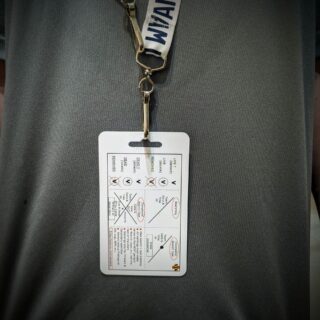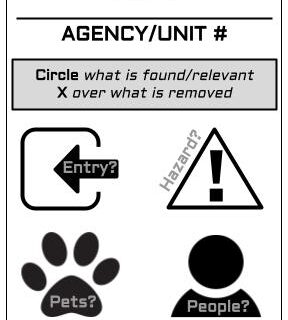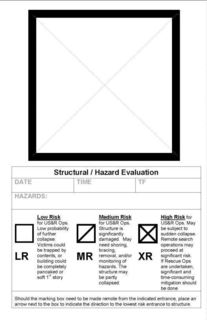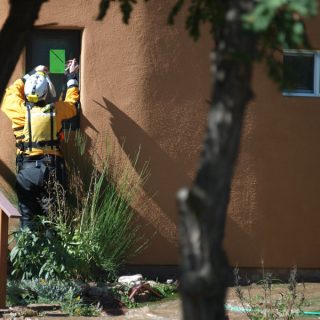“Rescue 4 on scene and has command ….”
An EF3 tornado has torn through your community, and you know it’s bad. But you don’t know how bad - or how far the damage goes.
That’s the first question every capable responder must answer.
How BIG and how BAD is it?
If you’ve taken my RECON1 class, you already know that’s Job #1.
Once the initial size-up is complete, the search and rescue (SAR) process begins. And sooner or later, every structure must be searched. That typically happens during the Primary Search phase.
One of the Biggest Foul-Ups in SAR
Claiming a search was done - with no proof of what was actually searched… or not searched… or how thoroughly it was done.
I’ve lost count of how many times I’ve heard teams say “we searched it,” only to find out they couldn’t answer three basic questions:
- Where did you search?
- Where didn’t you?
- How thorough was it?
If I had a dollar for every time that’s happened, I’d be writing this from one of my villas on the coast of Spain.
How We Used to Mark Searches
Back in the day, we grabbed spray paint and marked the classic FEMA “X” on structures - just like we (Urban Search & Rescue teams) did after Hurricane Katrina.
Problem was:
- One can of paint only lasted a few houses.
- In the field, we could only carry so many.
- And unless you had a background in calligraphy, half the markings ran, smeared, or looked like hieroglyphics.
Then Katrina happened - and the tragic miscommunication over who had (and hadn’t) been searched exposed the flaws in the system.
FEMA Stepped In with a Smarter Solution
The Search Sticker was introduced - standardized, portable, and compliant with FEMA US&R Directive 2013-014 (which superseded all earlier marking guidelines).
Each sticker:
- Is removable, so it doesn’t add damage to damaged property.
- Has a watermarked layout to prompt the correct entries.
- Is easy to read (if your Sharpie game is on point).
- Can be carried by the dozen - in your pocket, not a gear bag.
But while the system was improved, the supply chain wasn’t.
Most teams had to:
- Source a vendor,
- Choose the right paper stock,
- Get stickers printed to spec - and hope they did it right.
That’s when the real mission started to feel like a side project.
So We Fixed It.
After years of requests and watching teams waste hours trying to DIY these stickers, I finally said enough is enough.
Now, you can order official FEMA-style Search Stickers directly through TEAM Solutions.
No sourcing. No printing. No headaches.
Just choose your color and quantity, and go.
-

Search & Rescue Pocket Card – hard copy
Price range: $324.00 through $1,975.00 Select options This product has multiple variants. The options may be chosen on the product page -

TEAM Solutions Flood Search Sticker ©
$299.00 Select options This product has multiple variants. The options may be chosen on the product page -

FEMA Structural Hazard Assessment Sticker
Price range: $649.00 through $6,239.00 Select options This product has multiple variants. The options may be chosen on the product page -

FEMA Search Assessment Marking Sticker
Price range: $649.00 through $6,239.00 Select options This product has multiple variants. The options may be chosen on the product page
Add the Full SAR Digital Mega Pack
Get instant access to every digital SAR field resource we offer – all in one exclusive pack.
Includes the printable Search Pocket Card, Marking Guides, Resident Accountability fors, and more.
👉 Grab the SAR Digital Mega Pack
No more excuses. No more “we thought it was searched.”
Use the tools. Mark it right. Move forward.

